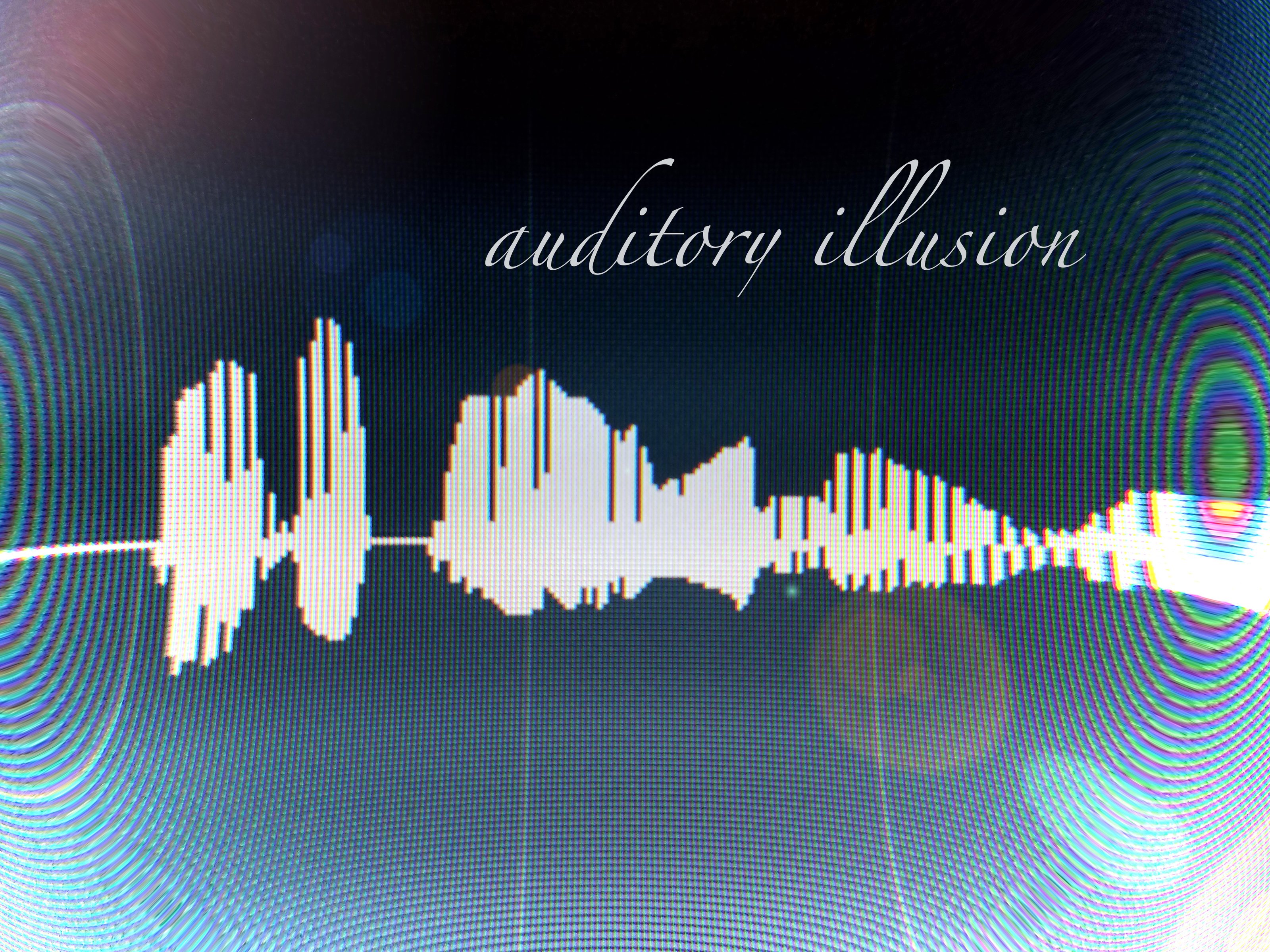

Schizophrenia symptoms generally show up during teenage years and young adulthood. Anxiety, mood changes, and thoughts of self-harm are also common. They also may have delusions and disorganized thoughts and behaviors. Auditory illusions are misinterpretations of real external stimuli, which are often caused. Schizophrenia is the most common cause of auditory and visual hallucinations. It's fascinating to explore just how much our senses can be tricked, and there are undoubtedly ways this can be used in art and other creative areas. Step 1: First, we need to understand what each of the options means. Morphological studies in several animal models have demonstrated. In this article, we review the anatomical, physiological, and functional evidence for noise-induced damage to peripheral and central vestibular structures. This latter aspect in particular led to the emergence of other related concepts like pseudohallucination, illusion, and hallucinosis. Despite our understanding of the impact of noise-induced damage to the auditory system, much less is known about the impact of noise exposure on the vestibular system. For example the pronunciation of /ba/ and /va/ can sound exactly.

Phantom limb syndrome, or the experience. It is an audiovisual illusion that shows clearly that sounds can be perceived very differently. It is also one of the hardest to define and delimitate from other psychopathological concepts. Tactile illusions, which cause the brain to perceive touch stimuli that is not actually present, or that is not present in the way the brain perceives it. Demonstrating something known as the Shepard illusion, the music sounds like it's getting higher and higher but it's actually on a loop dum dum dum dum - adam :) For example, auditory fatigue alters our perception of high and mid range frequencies, causing them to sound quieter and cloudy when in actual fact, they still. Hallucination is one of the most relevant symptoms in psychiatry. Each of these illusions seems to be caused by processes which act to enhance the accuracy of perception in the noisy environments encountered during everyday. There are other types of auditory illusions too. So if you're perceiving the word 'green needle' that's what you'll hear. We correlate a sound we heard to what we believed or perceived was there due to our Reticular Activating System, which is responsible for what are brain is focusing on.

So what's going on? The psychologist Diana Deutsch, who has researched music and speech illusions, says that auditory illusions "result from hearing sound patterns that are highly probable, even though they are heard incorrectly." She says this is influenced by our knowledge and experience of the many sounds we have heard in the past.


 0 kommentar(er)
0 kommentar(er)
